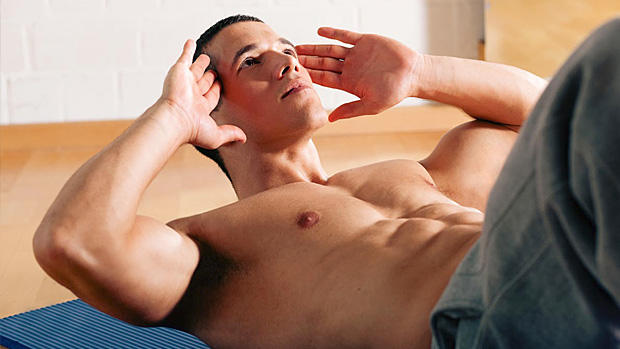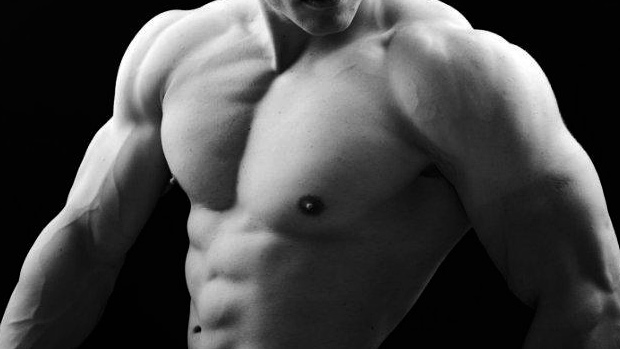The muscles that compose the hamstrings – the semimembranosus, the semitendinosus, and the biceps femoris, plus a host of synergists – have two functions: bending the knee and kicking the leg back (as in a sprinting motion). Problem is, the average lifter only trains one of these functions, leaving vast amounts of muscle fibers untapped.
How does this happen? By focusing most hamstring work on the leg curl machine. See, the leg curl machine – seated or standing – only targets one function: the bending-the-knee part.
What about the second function, the extending-the-hips part? The best way to target that part of the hamstring musculature is to use exercises that involve a straight leg: semi-stiff leg deadlifts, good mornings, reverse hypers, etc. So if 80% of your hamstring work has only involved hamstring curl machines, you're really shortchanging your physique development.

Load Selection is Crucial
Based on the two functions of the hamstrings and the fast or slow-twitch nature of each, here are the rules:
Rule 1: Use heavy, low reps, and more sets for hamstring curls.
Rule 2: Use lighter, higher reps for just about everything else: stiff-leg deadlifts, good mornings, reverse hypers, and back extensions.
Coach Charles Poliquin recommends never going over 8 reps for hamstring curls. He also notes that experienced lifters with a higher training age may only need 3 reps per set of hamstring curls. But, that means higher sets. Try 10 x 3 for ham curls and prepare to feel "special" for a few days after.
Now, since you're working your glutes and erector spinae when you're working your hip extensors, you'll use more than 8 reps (generally speaking) for your good mornings, stiff-legg deads, etc.
So, good rule of thumb: Less than 8 reps on hamstring curls; more than 8 reps on everything else.





